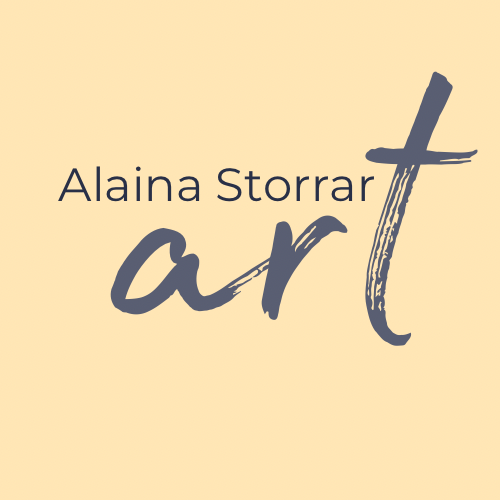art is science
Last week, at one of my art clubs, I watched a young artist-scientist exploring paint and technique, and was struck (not for the first time!) by how closely related Art and Science are. Modern education has somewhat separated the two, giving the impression that a person must choose between the Arts and the Sciences, an idea exacerbated by recent insinuations that one leads to high flying academia and the other to bohemian penury. This is not my experience, however, although the presence of science may well be hidden under a appearance of flighty prettiness and ‘play’.
Let’s start with the very materials used in art making. An understanding of the constituents of paint, how a brush behaves, why certain papers work better with certain materials is useful if not vital for high quality art making. This may mean recognising the differences between acrylic, watercolour, or oil paints; or why copier paper is not a good choice to paint on; or which glue is best for adhering woods; or how to use heat to make rainbows in copper. The artist may not be able to explain in scientific terms how their materials work, but they will certainly know what is likely to be successful.
In order to learn more about our materials, we artists must also behave like scientists. I have been strongly encouraging (forcing?!) my watercolour students to mix their own colours from a relatively limited palette of primaries. They have made colour charts and learned about the colour spectrum, and experimented with making the best colours for their pictures. More advanced artists may have an understanding of the pigment structure of their paints to help them with their mixing experiments. Other experiments may include discovering what happens when you sprinkle salt onto watercolour, or paint over the top of glued tissue paper, or combine unusual materials in collage. This is what my visiting young scientist was doing when he explored different movements with brushes and dropped highly pigmented paint onto wet paper.
The subject an artist chooses may also lean into the scientific as well. For centuries, paint has been used to depict botanical subjects in great detail in a way that photography just cannot manage. The artist needs to observe closely, maybe with a magnifying glass or microscope, and notice all the tiny details that make up their subject. In landscape painting, the artist needs to understand how light affects colour and detail in the distance. Architecture needs to appear rooted and heavy, whilst clouds need to float in puffy wisps. A sculptor needs to understand their subject, and their material, well enough to recreate it in a way that others will understand.
In the end, art is about asking questions. How do I mix the colour of sand at sunset? How does a dandelion seed-head work, and how can I use metal to recreate that? What is it about the shape of a birds wing that gives the impression it is flying? How can I describe the softness of a velvet dress without using words? How can I show the play of light and shade through the branches of a tree? And isn’t questioning at the heart of science as well?






